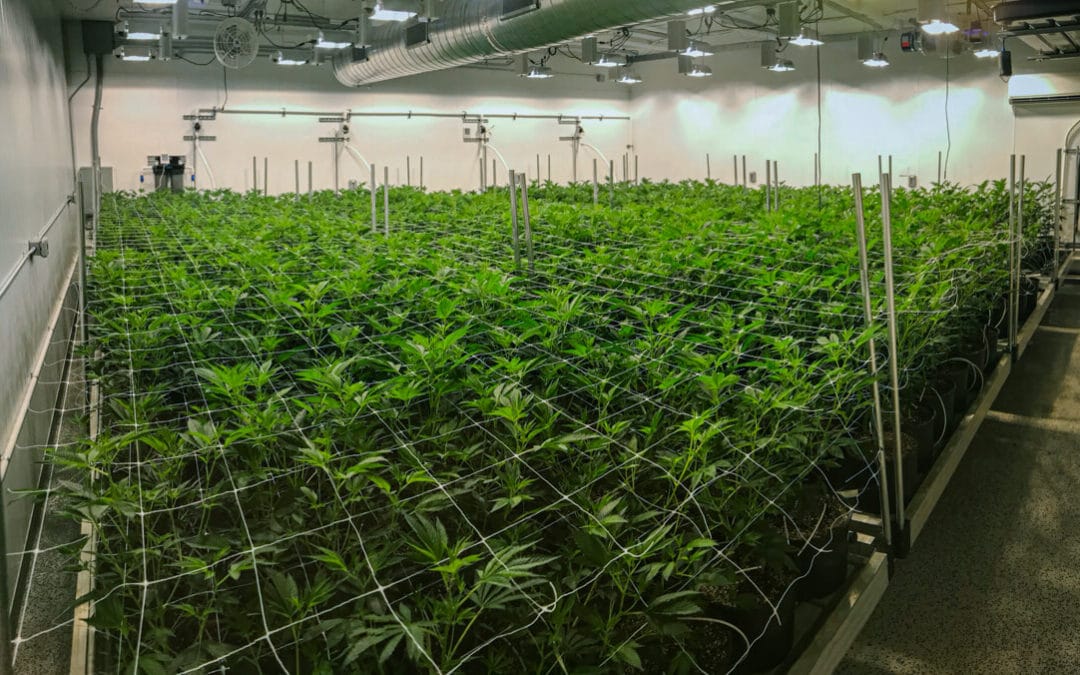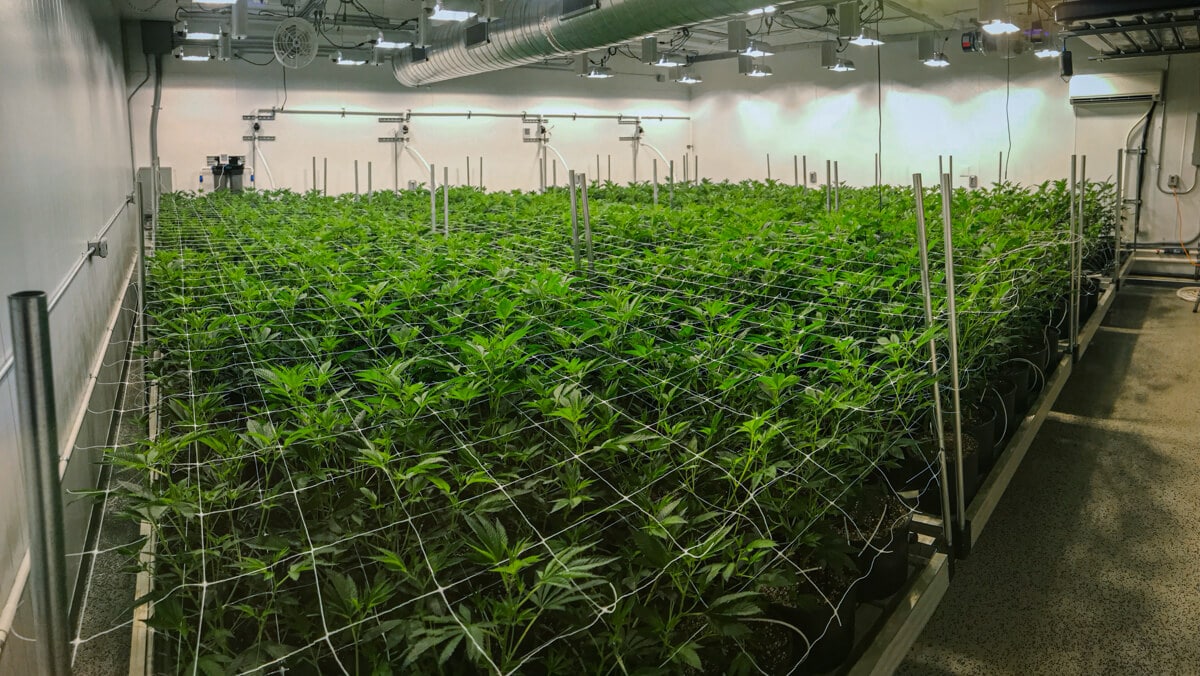
Low Stress Training vs High Stress Training Cannabis

Stress training is a very effective way to get more out of your plants.
For most growers stress training is a way to increase yields. However if you’re growing indoors and have limited space you could see yourself using stress training to prevent your plants to outgrowing your space too.
What is stress training?
Stress training involves putting your plants through specific forms of stress, so that they produce a specific response. For example, if your plants naturally grow tall, you can train them to grow outward instead of upward.
When it comes to yields, some plants may divert most of their energy to one central flower, while smaller bracts are ignored over time. With stress training you can force your plants to divert energy more evenly for more flower sites and inevitably more yields.
There are two different forms of stress training for plants, low stress training and high stress training. It goes without saying that these two methods will produce different results, but you can achieve the same goals with both.
Low stress training
While it may take more time to see results compared to high stress training, low stress training is still a highly effective (and the most common) way to take control of your plants.
A common form of LST would be de-leafing. By removing smaller leaves on the plant that aren’t directly attached to a flower site, your plant will take that energy and focus it elsewhere, and without leaves to take it, it goes right into your flowers. Less leaves also means that light will be able to hit more of your plant.
Another LST method is tying plants down. Using ties or wire designed specifically for plants, you can tie down branches that keep growing upward so they train themselves to grow outward instead.
As you can see with both of these LST techniques, you aren’t damaging the plant or modifying in any extreme way. The results of these techniques will take longer to appear, but will work just as effectively as other high stress training methods.
High stress training
High stress training, while more impactful, is also more risky. Certain plants can only take so much stress and knowing what your plant can handle is essential before you go and start cutting the top off, which is one common high stress training method.
Topping your plant is when you cut off the the top of the main stem of your plant. While it sounds extreme it is highly effective at creating new nodes and flower sites. Topping can be done from the time you transplant a clone up until the first couple week of flower.
Super cropping is another high stress training technique that utilizes stem mutilation to decrease the height of the plant and stimulate growth. The goal of super cropping is to break down the inner fibers of the branch so that the stalk becomes pliable and can be trained into another position, all without harming the outside of the stem in the process.
Compared to low stress training, high stress training is more risk for more reward so to speak.
Is stress training cannabis essential?
The short answer is no. If plants were designed to be broken, shortened, tied down, we wouldn’t have to do it. Any plant will grow just fine without any sort of training.
However for experienced growers that want more out of their plants, using any sort of training technique will help keep your plant under control, increase yields, save space and more benefits when done correctly.






